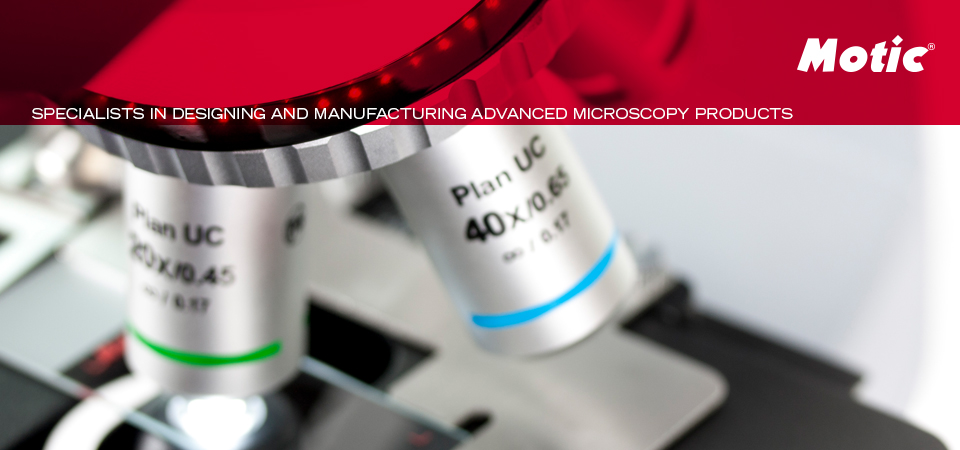Clematis vitalba is a perennial from the ranunculus family or Ranunculaceae. It is a dicotyle plant which can be seen from the regular concentric distribution of the vascular bundles in the cross section of the twig. It is a woody climbing plant that occurs in forests and scrubland on calcareous soils. It grows in light places in forests, forest edges, hedges, fences and wooded banks, scrubland in the dunes, along railways, along river dikes, floodplains and waterfronts.
Wednesday 29 April 2020
Wednesday 22 April 2020
Eudorina - a colonial algae
Eudorina is a genus of green freshwater algae. Each eudorina are multicellular colonies consisting of 16, 32 or even 64 individual cells held together by a gelatinous substance made of sugary proteins, or glycoproteins to be a bit more scientific. The individual cells in a colony are not much larger than our blood cells, and the entire colony is about the same size as the width of a human hair. The green color is due to the presence of large chloroplasts inside each cell used for energy production through photosynthesis.
Monday 20 April 2020
How to get sections from the finest objects: About razor blades, elder marrow and bottle corks
The first steps into science are not too difficult. If a microscope is at hand, the preparation of the sample is the key issue.
Nature gives us an easy entry. Egeria densa (Elodea densa) an American/Canadian waterweed, is an aquarium plant you can buy in every pet shop. A cheap and quick purchase.
The leaves are transparent as they only have 2 cell layers. Pull off one complete leaf from the stem and cut out a small portion. Place it onto a glass slide, add a drop of water and cover the sample with a cover slip.
Nature gives us an easy entry. Egeria densa (Elodea densa) an American/Canadian waterweed, is an aquarium plant you can buy in every pet shop. A cheap and quick purchase.
Egeria Densa (Source)
Wednesday 15 April 2020
Wormwood fluorescence
The photos we see here were taken from a Plescher prepared slide. Plescher fluorescence prepared slides are characterized by a distinctive, three-dimensional, deeply structured honeycomb structure. This is made possible by special, complex, gentle pre-treatment of the hand coupes made of living material that reproduce the sensitive cell contents surprisingly well. The conventional ultra-thin section technology with embedding in paraffin, does not provide the same detailed results. Plescher specimens impress with their specially developed Plescher staining with clarity and gloss, differentiated on a deep black background at 460 - 490 nm excitation wavelength. They are therefore generally ideal for photo stacking.
Wednesday 8 April 2020
Hydra - The immortal monster of the micro world
A hydra might look a bit like a miniature octopus, but it is actually a lot closer related to jellyfish. It is relatively common in both tropical and temperate regions where it can be found in slow flowing streams, ponds and other freshwater habitats. At one end the animal has one to 12 tentacles which all have their origin around the mouth. In the opposite end is a ‘foot’ allowing the hydra to attach to a substrate. The body can measure up to 10 mm when fully grown and stretched.
Wednesday 1 April 2020
Tricky glare
The name Chalcanthite is derived from the Greek, chalkos and anthos, which means copper flower, it is a richly colored blue / green water-soluble sulphate mineral CuSO4 · 5H2O. It is often found in the late-stage oxidation zones of copper deposits. Chalcanthite dissolves easily in water, just like ordinary copper sulfate that is available on the market. Because of this property, Chalcanthite is more common in arid regions. The crystals photographed here are from Bulgaria.
Subscribe to:
Posts (Atom)








